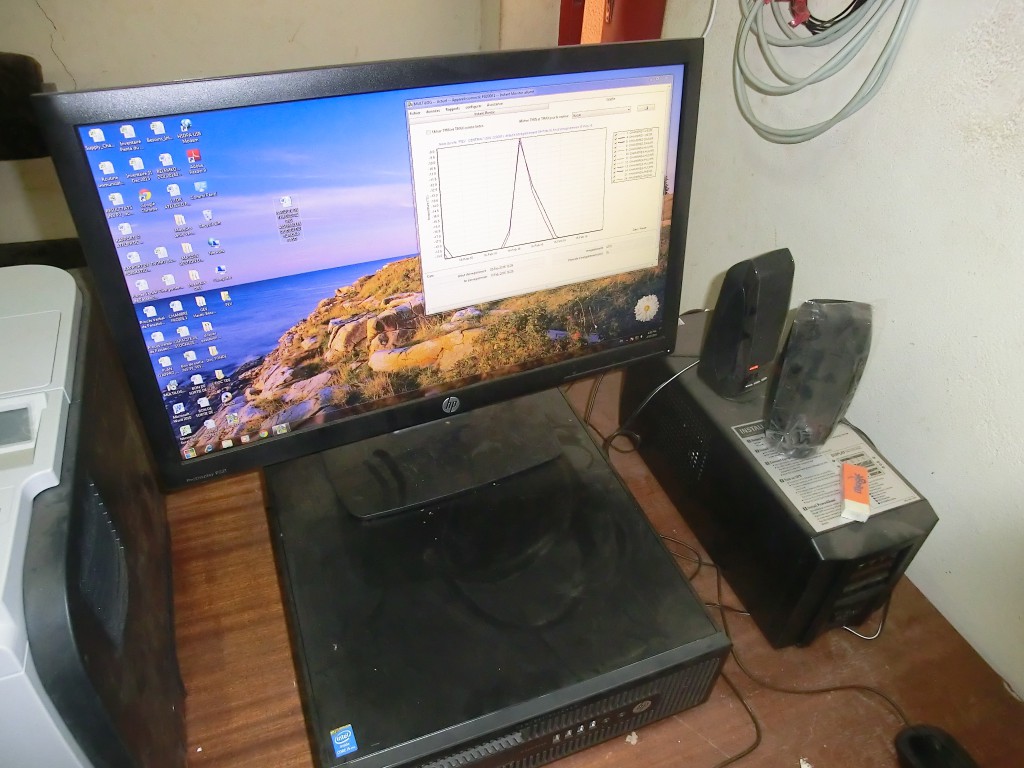
Photo: multilog graph, Burkina Faso
The responsible store managers or nurses must know how to seek out the cause of the alarms, address the issues when possible or escalate, i.e. training should incorporate the decision making process.
RTM training should include:
- For the store manager, routine training on the hardware and basic trouble-shooting, replacement of the SIM cards, light maintenance and cleaning of the RTM equipment
- For the store manager, the district managers and the supervisors/logisticians, how to monitor the system through the portal, access the reports and use them.
- For the system administrator (and the back-up) how to maintain the lists of contacts phone numbers
A few identified good practices:
Use and rehearse SOPs as part of the training for district managers/district technicians receiving an escalated alert and for EPI staff handling the monthly reports of alarms, cases, solutions and long-term impacts.
Define a basic maintenance kit (and a process to keep it safely), in particular if different site managers/technicians (and not external companies) are doing the routine maintenance to make sure that they have the necessary equipment and information as standard tools might not always be available on-site.
The box below shows what a basic maintenance kit could contain.
|
Example of basic maintenance kit:
|
*Deal with the language issue from the beginning. For non-English-speaking countries, a translation of the hand-over and documentation manual is important. At the moment, not all suppliers provide installation manuals and hand-over documentation in other languages than English. Furthermore, it could be more user-friendly to create a customized, possibly simplified hand-over material to adapt to the cultural context and the education level of the staff it is ultimately intended for. In many environments, illustrated instructions can efficiently replace written instructions.
